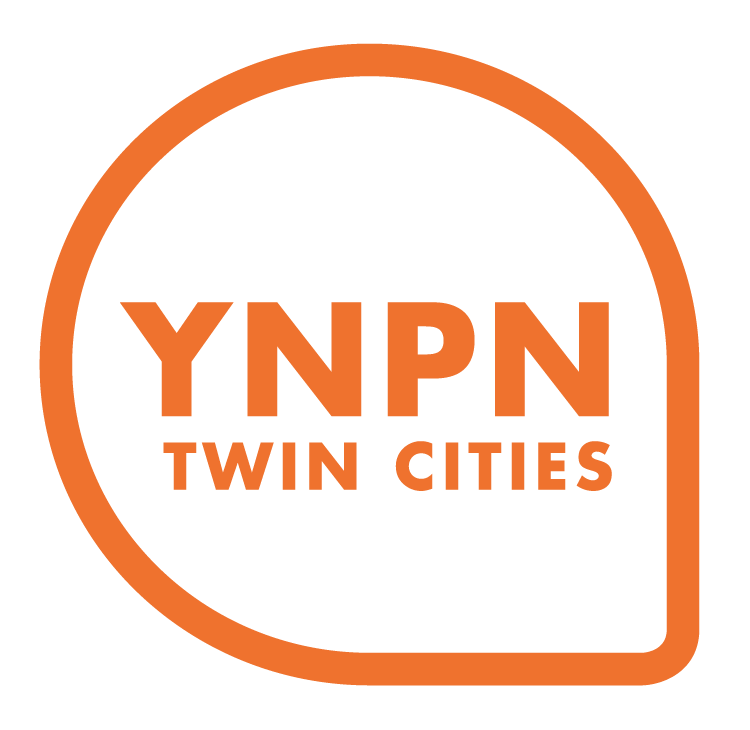Dismantling White Supremacy in Nonprofits: a starting point
by Jarell Skinner-Roy
I have a confession to make; I no longer work in the nonprofit sector in Minnesota, nor do I live in the state. I recently made the big decision to pursue graduate school in order to further my own passions and learning. While I am enjoying this new and challenging journey, I still find myself deeply connected to the nonprofit sector, a place where I spent the majority of my 20’s working, learning, and growing.
The nonprofit sector is a special place, where passionate professionals are all-too-often overworked and underpaid at an organization that is likely under-resourced. While I’m hopeful that progress will continue towards improving this, these tough current realities cannot be an excuse for us to both ignore the prevalence of white supremacy in the nonprofit sector and refuse to put in the personal and organizational work necessary for its dismantling.
Even when the majority of us nonprofit professionals have big hearts, white supremacy is a well-oiled machine with a pernicious nature, fueled by ignorance and undisturbed by good intentions.
Here is my non-exhaustive list of how to begin the hard work of dismantling white supremacy in the nonprofit sector.
1) Know and explicitly acknowledge the history, existence, and pervasiveness of white supremacy
In an ideal world, this would be quite obvious and could go without saying. But tuning into the news, social media, or even the visible world around us for just five minutes is enough to remind us that we do not live that ideal world. Not only do White folks, specifically White cisgender straight men, hold a disproportionate amount of power, wealth, and influence, but American society also prefers, celebrates, and maintains this fact.
This is in no way surprising knowing the history of this country that was founded on the genocide, violence, and exploitation of Indigenous people, Black people, and Immigrants.
What does this have to do with the nonprofit sector? Many if not all of the social services, education, and other unmet needs that nonprofits work tirelessly to address largely exist because of the lasting ramifications of colonization, slavery, segregation, redlining, mass incarceration, and many other manifestations of white supremacy. Without this explicit acknowledgement, our work can unintentionally uplift white supremacist ideology and do more harm to the very communities we hope to serve.
We must do our homework, and make sure we fully understand the continued impact of this country’s history, as well as the intricacies of concepts such as oppression, privilege, and intersectionality.
2) Enough with the deficit-based narratives and language
While our nonprofits do provide or increase access to valuable resources, knowledge, and skills, it is important to not place the blame on any perceived personal or group deficits. Systemic oppression is what leads to unequal playing fields and creates these societal gaps that we are all familiar with, not manufactured deficits. Though well-intentioned, nonprofits often peddle deficit-based narratives by writing and talking about all of the resources, knowledge, and skills that communities lack and how those deficits are the reason for their struggles.
The lack of access to what communities of color need and deserve is real and widespread. That said, not enough nonprofits take the time and intentionality to both see and talk about the myriad of assets within these communities as well. We need to do a better job of viewing first-generation students, communities of color, low-income communities, and other marginalized communities from an asset-based framework. Only then can we begin to break free from these deficit-based narratives, which serve as oxygen to white supremacy.
One small but crucial step: stop labeling students and communities as “at-risk”.
3) Be cautious with the (over)use of negative statistics
I would bet that most of us can rattle off a handful of unfortunate and infuriating statistics about the communities we serve and how our organizations are working to move the needle in the right direction. This makes sense; nonprofits exist for a reason, and knowing and measuring impact is important. But these statistics can actually become an unintentional tool of white supremacy if we are not careful.
The (over)use of negative statistics about communities can play into the deficit-based narratives I mentioned above, and also have grave unintended consequences on individuals and communities. Does a child or family benefit from hearing over and over again that they are statistically ten times more likely to (enter negative outcome) than to (enter positive outcome)? On one hand, maybe they will be more equipped to handle a challenge or more motivated to follow their goals. On the other hand, maybe it will do the exact opposite as they feel trapped and hopeless.
While I am not advocating for us to lie to or withhold information from the individuals and communities we serve, I do think it is important for us to know the purpose of what it is we are sharing, and to do so responsibly and tactfully without forgetting to mention the assets within these communities as well.
Additionally, please be sure that the statistics are both accurate and holistic. Too often, we accept negative statistics as facts without any questions or having seen any sources. I was told in high school that there were more Black men in prison than in college. Thanks to the pervasive white supremacist ideology, it made sense to me and I went on believing it through college. It wasn’t until after I graduated that I learned that it was just another insidious myth.
4) Double down on commitments to ethical storytelling
A personal story from an individual whom you serve can be powerful, but we must be keenly aware of how we might be perpetuating voyeurism or white savior mentality. Parading trauma through mail appeals or events might help spread awareness or raise money, but it could have a long-term negative effect on both an individual and society’s view of that community. We need to be responsible with our storytelling.
Similarly, we must be cautious with how we frame success stories. These "feel good" stories can unintentionally sensationalize individual successes to the point where we question the continued existence of white supremacy and start teaching "grit" as the key to success. As my brilliant friend Iris pointed out, “...acknowledging institutional racism means acknowledging the system itself. You and I may be considered success stories, but the odds were still stacked against us”.
And can we please eradicate all language about giving a voice to the voiceless? We can certainly help by providing a platform or a megaphone, but communities already have a voice.
As Arundhati Roy eloquently put, “There’s really no such thing as the ‘voiceless’. There are only the deliberately silenced, or the preferably unheard”. This is beyond semantics; Language reflects our values and has real life consequences.
5) Consider who wields power and influence within your organization...and who doesn’t
As I mentioned at the beginning, we know that White folks hold a disproportionate amount of power, wealth, and influence in our society. Take a look at your staff and board makeup, paying particular attention to upper and senior-level positions and leadership. Does your organization greatly differ from the broader society? Chances are, probably not.
Contrary to what white supremacy teaches us, we are not losing quality or excellence by striving for diversity, equity, and inclusion within our organizations. Excellence is not possible without these pillars, and we can no longer make excuses for having all or majority White boards, directors, and executives.
Regardless of our positions, we need to take the individual responsibility of knowing our hiring and recruitment practices, and pushing our organizations to make long-overdue shifts that will create meaningful change, such as finally posting salary ranges.
White supremacy is not inevitable. It can be dismantled and ultimately eradicated through our individual and collective efforts towards social justice.
What is your commitment to help?






